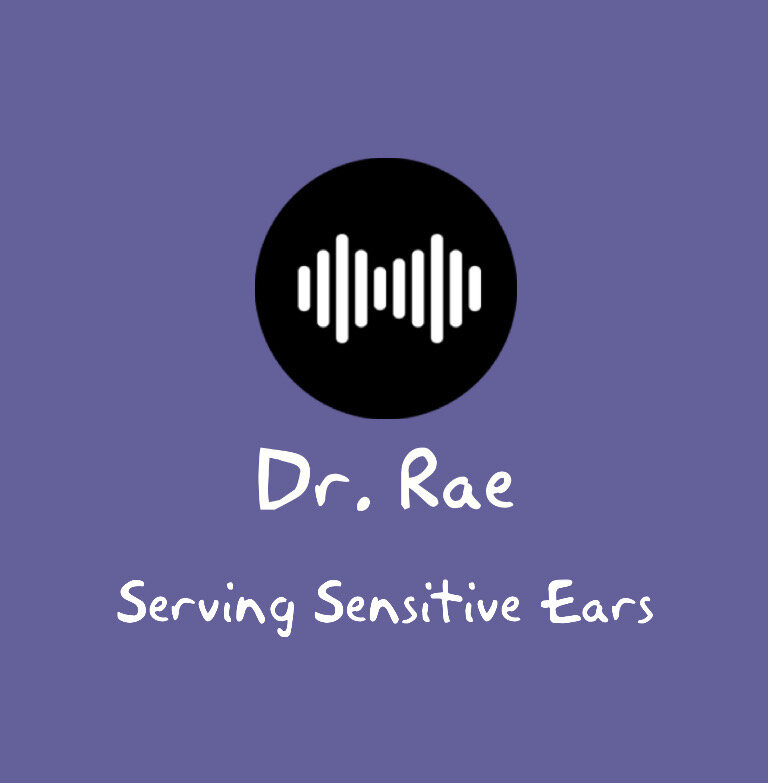Don’t Be Afraid to Partner (Please Ask for Adjustments)
Don’t be afraid to ask.
I think it’s really important to be in continuous contact with your audiologist during a low-gain programmed hearing aid (LGHA) trial.
There is no universally accepted methodology of fitting these devices, and for that reason the implementation can vary enormously from clinician to clinician, as can the success rate. Many audiologists predominantly work with more traditional patients, and APD hearing aid fitting - that is fittings of hearing aids at low levels of amplification for individuals with normal hearing thresholds - are the exception rather than the norm.
We are all learning. It’s a constant learning process of how to do these kinds of fittings because there are no trainings nor accepted prescriptive targets. It is challenging to get enough power to make soft sounds audible and clear, medium sounds comfortable, and loud sounds non-disturbing and safe.
It is to be expected that the initial settings may not be ideal. They are just a rough draft. Just like in creating a sculpture, we have to chip away or add material until it is just right.
For most audiologists, including me, it often takes multiple adjustments to get the settings right. This is particularly true if LGHA programming is not the primary focus of that practice.
One of the biggest dangers of the trial or anything cause I experimental is that if it doesn’t work well, it’s possible the reason it’s not working well is because of the application rather than the actual technology.
Sometimes, unfortunately, patients or parents end up giving up on the trial, thinking that it will not work under any circumstances … when really it was just the circumstances they were experiencing.
It is for this reason, assuming your audiologist is receptive to feedback, the better you partner, the more clearly you communicate, the better the experience you are likely to have.
